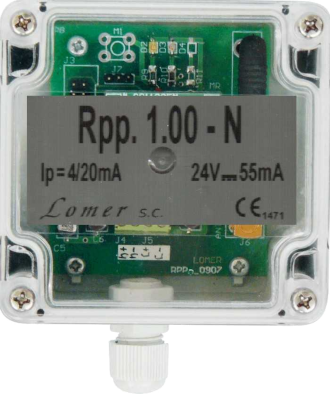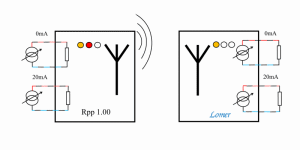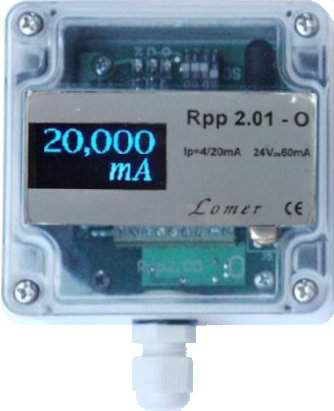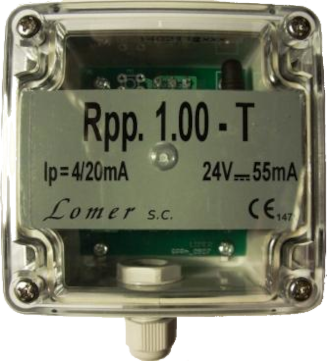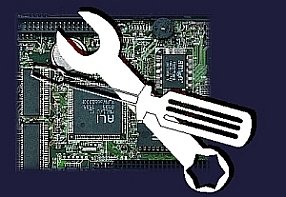Radio 4-20 mA current loop Rpp 1.00 is used for wireless transmission of current from the sensor and forcing it on the receiving side. The set consists of a transmitter and a receiver.
Radio current loop 4-20 mA – Rpp 1.00DestinationThe radio current loop is intended for the radio single-channel 4-20 mA loop signal transmission. The set consists of two modules: a transmitter and a receiver. The device is used in situations where the laying of the cable is associated with difficulties in the form of drilling walls, installing cable trays or digging a ditch or making a passage under a roadway or pavement. The radio transmission takes place in the band intended for Low Power Radio Devices (LPRD), which does not require permits or fees. FacilitiesThe device enables quick conversion of a sensor of any size with a current output of 0-20 mA (4-20 mA) per wireless sensor. This makes it easy to bring the measurement signal to the controller. It is very useful in cases when the measuring point is moving on land or water. An additional, beneficial effect of the application of the wireless current loop is the galvanic separation of the measuring sensor and the object controller. This can be important in terms of measurement interference or induced overvoltage, especially at long connections. It is also worth considering using the device in places where the cord is exposed to frequent mechanical damage. Mode of actionThe transmitter processes the input signal from the current loop, averages it and sends to the receiver, which forces the received value on the output. After the power is turned on, the transmitter starts the cyclic transmission automatically. To increase the operating range, you can use the Rpp 1.00 T – wireless loop transmitter described here, if necessary. Radio current loop Rpp 1.00
|
ApplicationsDocumentation
|
